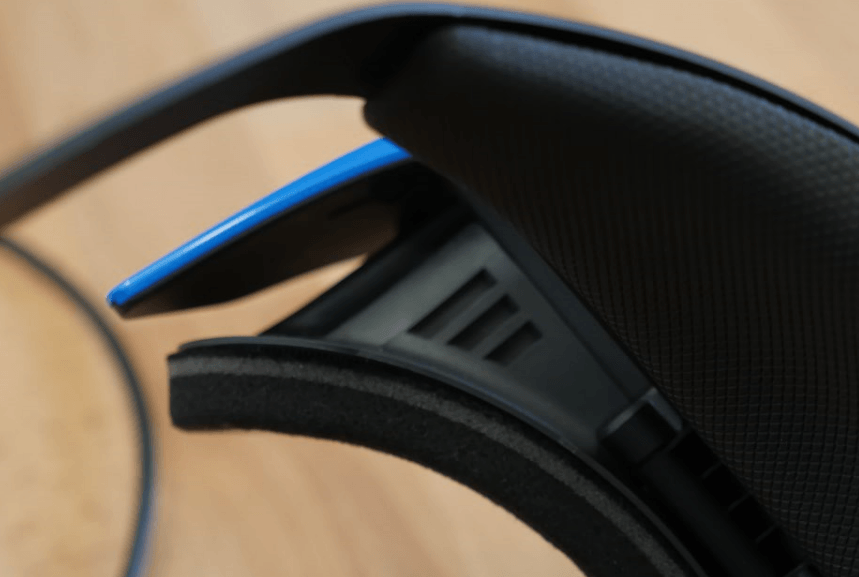In the past few months, four different Windows Mixed Reality glasses were released, all based on identical technical specifications. Dell, Acer, HP and Lenovo have responded to Microsoft’s call and are now struggling for the favour of tech nerds. Since the technical data are identical, this article focuses on the differences to Lenovo VR glasses, which we have already tested extensively.
The design makes the music
Since Acer uses the same technology as Dell, HP and Lenovo, the image impression is also identical. In addition, the wearing comfort feels very similar, although there are fine differences in the holder for the head. For example, the turning wheel for the head mount on Acer glasses is integrated into the mount, while it is attached to the outside of Lenovo glasses. However, both wheels can be found blind and do their job perfectly. The glasses fit firmly and securely to the head.
Although the padding on the head mount on Acer glasses is slightly thicker and seems easier to wash off, they are not removable. While the pads are attached to the headband of Lenovo glasses with Velcro, the pads are firmly bonded to Acer glasses. The pads, which lie directly against the face, can be replaced on both glasses.
There are also hardly any differences in the sizes of the glasses. Although the blue sign makes Acer glasses look somewhat sleeker, they are also more conspicuous and, if necessary, less suitable for the office. But that’s a matter of taste.
Aside from that, the Acer headset offers everything that Lenovo, Dell and HP glasses offer. The controllers are taken over 1:1 from Microsoft and also the glasses from Acer do not come with a Bluetooth dongle to connect the controllers to the PC. If you want to know more about the highlights and dark sides of Windows Mixed Reality glasses, please take a look at our Lenovo Explorer glasses review.
